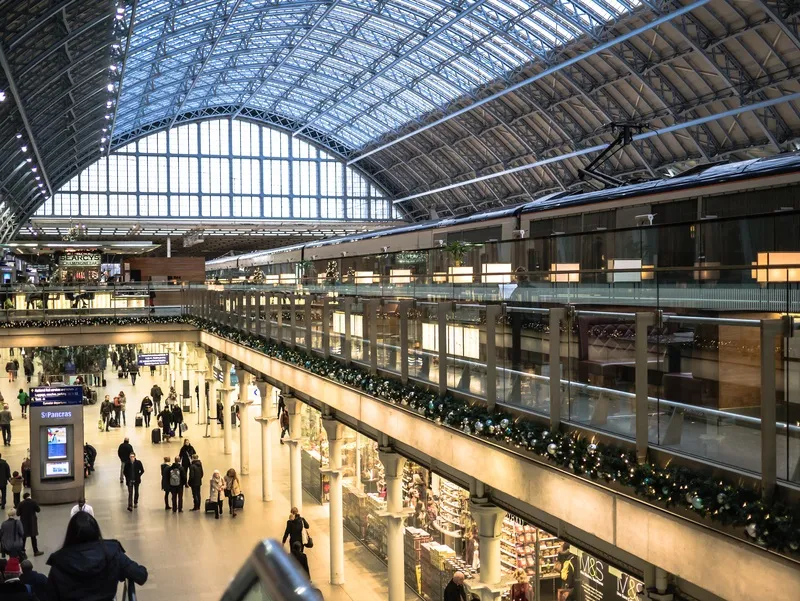
The company’s digital twin platform, currently deployed at St Pancras railway station in London, can monitor social distancing through detecting and visualising the distance between passengers in real-time.
The company says this will be a useful indicator of public adherence to government guidelines, especially when lockdown measures are lifted in stages – and the authorities will also be able to compare historical weekly and daily information for trend analysis.
The project, funded by the Department for Transport, uses cameras with computer vision technology to measure passenger flow rate and travel patterns. The firm says no facial recognition software is involved.
The platform detected a 90% drop in passenger numbers after lockdown measures were introduced on 23 March, compared with a weekday in January this year.
“Our technology is designed to detect real-time passenger separation to alert station managers to current and future overcrowding, and suggest interventions,” said OpenSpace CEO Nicolas LeGlatin.
“But the unexpected events of the past few months have revealed a new application - monitoring social distancing. If our data can help better inform government strategy on Covid-19 to help save lives, then we want to do our bit.”
Watch the video here.








